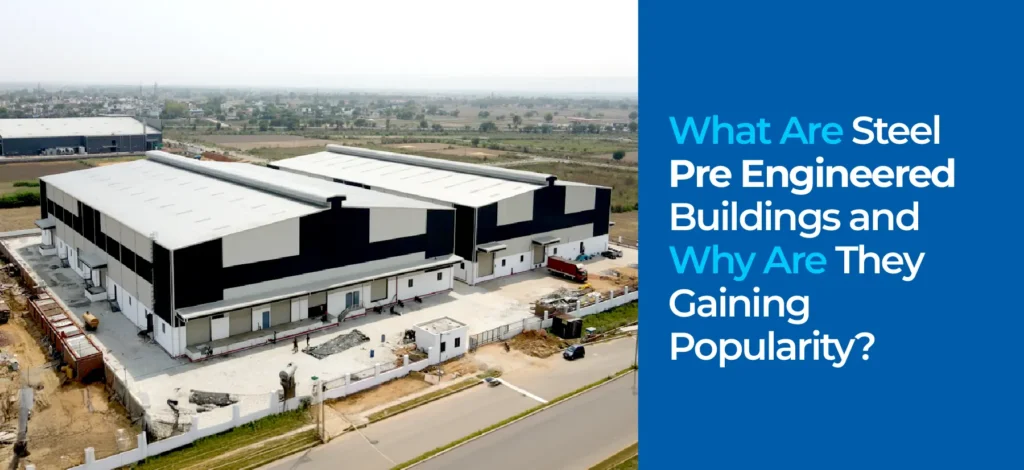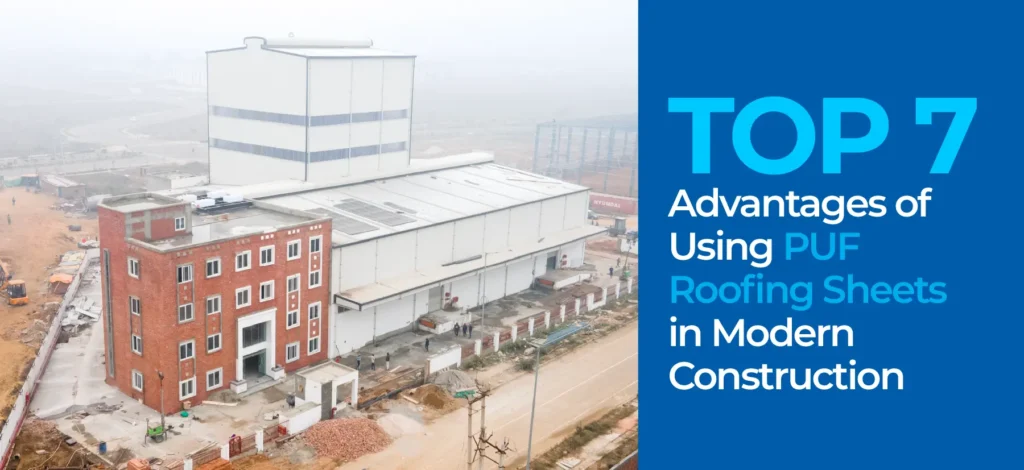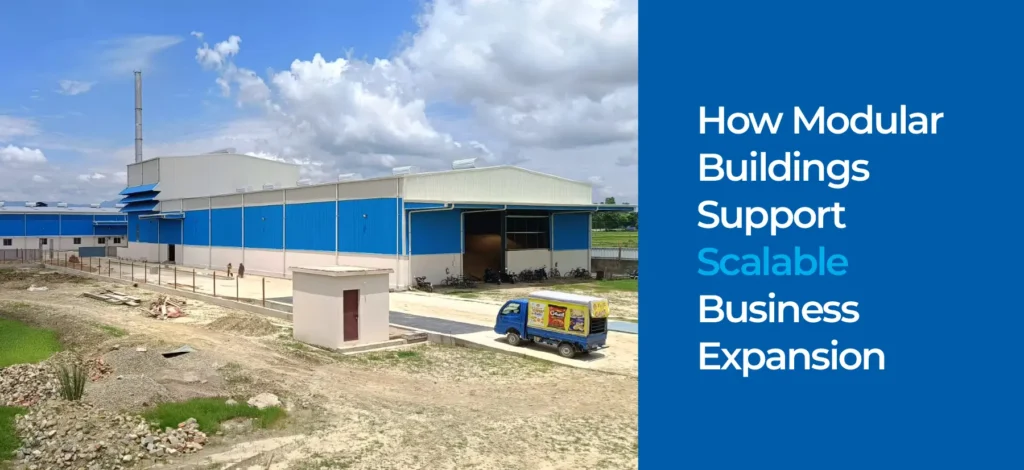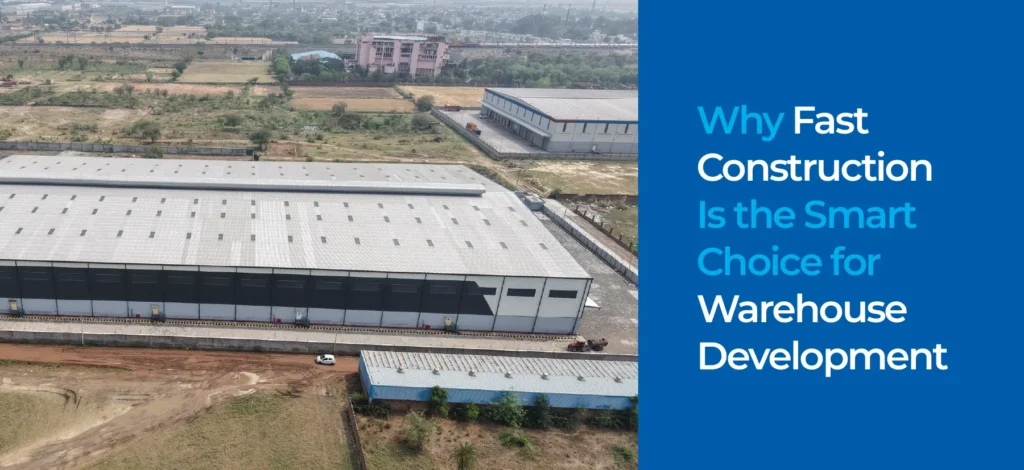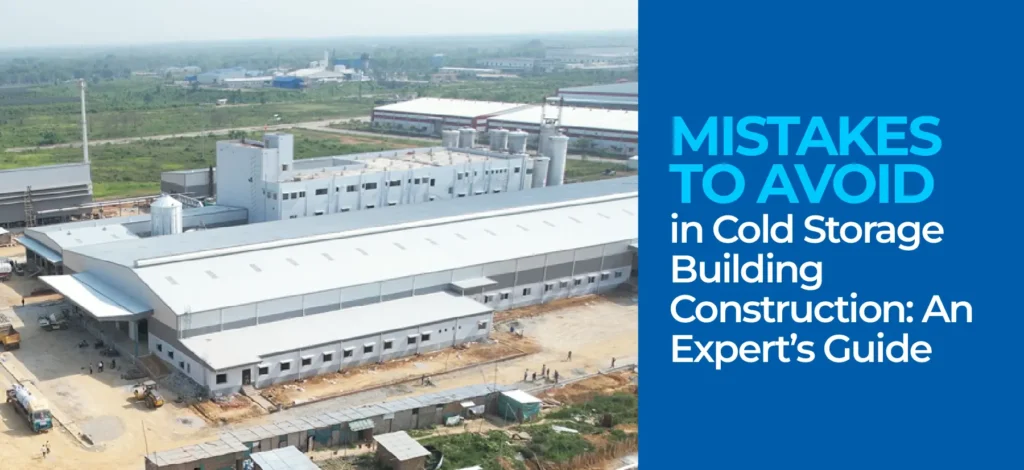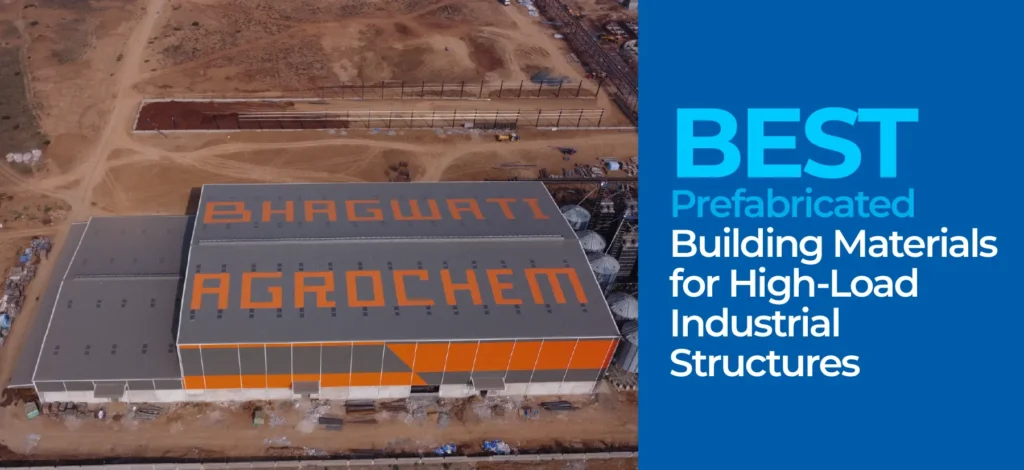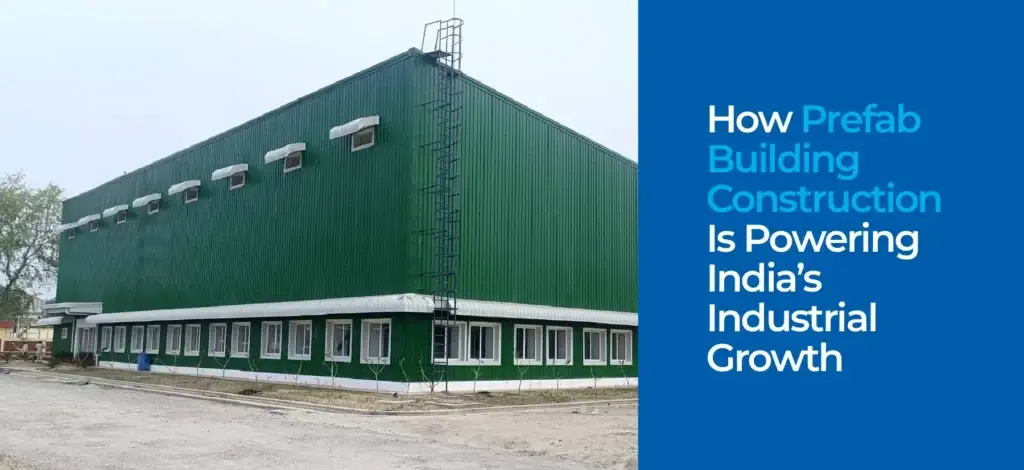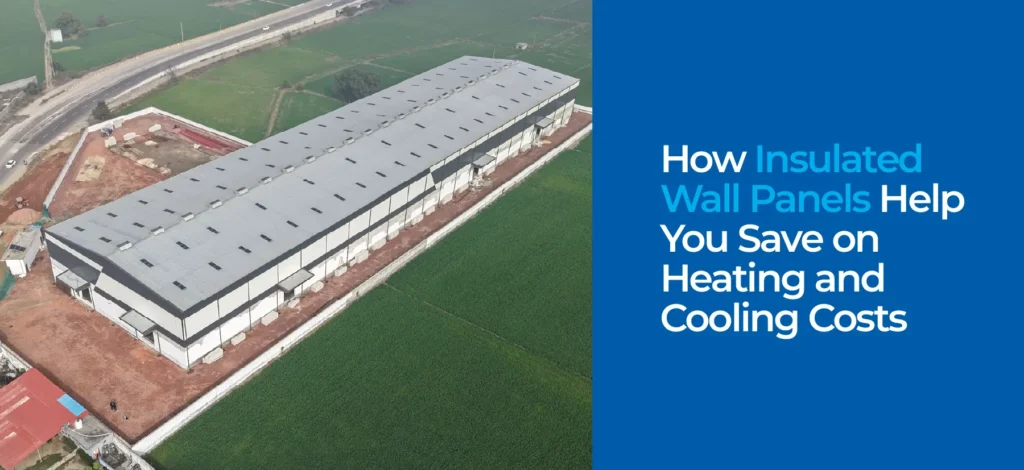What Are Steel Pre Engineered Buildings and Why Are They Gaining Popularity?
Have you seen a building go up very fast? One day the land is empty and after some weeks, a big building is there. This happens a lot now. Many people are using a new way to build. They use something called Steel Pre Engineered Buildings. These buildings are different. They are not slow. They are not made like old buildings with many bricks and cement. They are fast, strong and easy to make. This blog will help you understand what steel pre engineered buildings are. It will also tell you why so many people want them today. What Are Steel Pre Engineered Buildings? Think about making a house from blocks. If the blocks are already made and ready, you can build your house fast. Steel Pre Engineered Buildings work in a similar way. The main parts of the building are made in a factory. These parts are made from steel. After that, the steel parts are sent to the land. Workers put all the pieces together at the site. The building gets ready in a short time. Old buildings are made slowly. First, workers build walls with bricks. Then they make the roof. It takes many weeks or months. If it rains, work can stop. If workers are not there, work stops. But with steel pre engineered buildings, most of the work happens inside a factory. Only the final part happens on your land. Everything is ready. There are no delays. That is why the work is very fast. Why Are Steel Pre Engineered Buildings So Fast? People do not like to wait. Time is important. Steel Pre Engineered Buildings save a lot of time. When you want to build, you do not have to wait for months. The steel parts are made at the same time the land is getting ready. When the land is ready, the parts come in trucks. Workers put all the parts together. It is like putting together a puzzle. Each part fits in the right place. Weather is not a problem. Most of the work is done in the factory. The building goes up fast. There is not much mess. There is not much noise. Many people are happy with steel pre engineered buildings because they do not need to wait long. Can You Change the Building Design? Yes, you can. Everyone wants a building that is right for them. Some people want a big hall with no pillars. Some people want more doors or windows. With Steel Pre Engineered Buildings, you can choose the size and shape you want. Before the parts are made, you tell the company what you need. They make all the parts to fit your needs. If you want to make your building bigger later, you can do it. You can add more parts or make the space larger. It is easy with steel. This is hard to do with old buildings. People like this because their building can grow if they need more space. Are Steel Pre Engineered Buildings Strong? Yes, they are very strong. Steel is a strong material. Steel Pre Engineered Buildings can stand in strong wind. They can handle heavy rain. Sometimes, they can even stand strong during small earthquakes. Steel does not get eaten by insects. It does not get weak with water. The building stays safe for many years. Also, steel does not catch fire easily. This makes your building safer. In the factory, every part is checked before it is sent to you. This means your building is made well. You do not need to spend much money on fixing or keeping it safe. The building lasts a long time. Are Steel Pre Engineered Buildings Good for the Earth? Yes, they are better for the earth. Steel can be used again and again. If you do not need the building anymore, the steel can be used for something else. In the factory, workers use all the steel in the right way. There is very little waste. The building site stays clean. There is not much to throw away. Some companies use steel that has already been used before. This is called recycled steel. This helps save the earth’s resources. People who care about nature are happy to use steel pre engineered buildings. Where Can You See Steel Pre Engineered Buildings? You can find these buildings in many places. They are in factories. They are in warehouses. You can see them in shopping malls and sports halls. Some schools also use these buildings now. People like the open spaces inside. They like the big windows and bright rooms. Steel pre engineered buildings can look nice. They can be painted in many colors. They are easy to clean. Many people like them because they look good and feel good inside. Conclusion Steel Pre Engineered Buildings are making building easier and faster. They are strong. They last a long time. They can change if you need more space. They are good for the earth. Many people now choose this way to build. It is a smart and safe choice. If you want a building like this, it is good to get help from experts. Willus Infrastructure is proud to be a leading Steel Structure Manufacturers. We help people get strong and safe steel pre engineered buildings. Your building can be ready soon and it will last for years.

